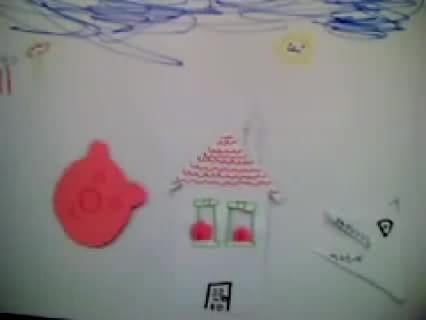 | ||
Cutout animation is a form of stop-motion animation using flat characters, props and backgrounds cut from materials such as paper, card, stiff fabric or even photographs. The world's earliest known animated feature films were cutout animations (made in Argentina by Quirino Cristiani), as is the world's earliest surviving animated feature.
Contents
Today, cutout-style animation is frequently produced using computers, with scanned images or vector graphics taking the place of physically cut materials. South Park is a notable example of the transition since its pilot episode was made with paper cutouts before switching to computer software.
More complex figures depicted in cutout animation, such as in silhouette animation, often have joints made with a rivet or pin or, when they are made on a computer, an anchor. These connections act as mechanical linkage, which have the effect of a specific, fixed motion.
Other notable examples include Angela Anaconda and, more recently, Charlie and Lola. One of the most famous animators still using traditional cutout animation today is Yuriy Norshteyn.
Examples
For more examples, see the list of stop-motion films.Feature films
Other (short)
The YouTube series Eddie the Chicken is produced in cutout animation
